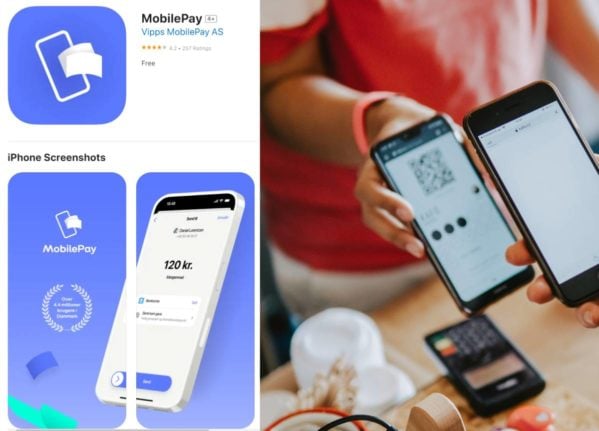Realkredit Danmark and the Danish bank Arbejdernes Landsbank announced the news on Tuesday after a new interest rate was set for the loans of around 200,000 homeowners.
In the so-called CITA loans, the interest rate is adjusted every six months according to what is called the CITA interest rate. The new interest rates come into force on January 1st, 2023.
FlexKort loans at Realkredit Danmark and F card loans at Totalkredit both fall under the said category.
Historically high interest rate level
According to Arbejdernes Landsbank, the new interest rates from the New Year will be an average of 2.9 percent. Before the New Year, it was 0.5 percent.
The lowest interest rate from the turn of the year will be 2.74 percent, while the highest interest rate will amount to 3.16 percent.
The interest on the loans will thus end up at the highest level since they were introduced in 2013, according to the chief economist at Arbejdernes Landsbank Jeppe Juul Borre.
At Realkredit Danmark, approximately three out of four borrowers will end up with an interest rate of just under 3 percent.
There, it has been calculated that the new interest rate will total between 2 and 3 billion kroner in interest payments for Danish homeowners next year.
“It is something that the individual borrower can naturally feel at a time when there is already pressure on the household budget from high inflation.
“Ultimately, this will also hurt activity in the Danish economy,” chief economist at Realkredit Danmark Christian Hilligsøe Heinig said, according to DR.
The fight against inflation
The rise in interest rates is due to the central bank raising interest rates in an attempt to bring down inflation.
The rising interest rate is supposed to lead demand to fall.
“This is a sign that when we see monetary policy tightening, it is something that affects companies and households very directly,” chief analyst Sune Malthe-Thagaard at Totalkredit said, according to Ritzau.



 Please whitelist us to continue reading.
Please whitelist us to continue reading.
Member comments